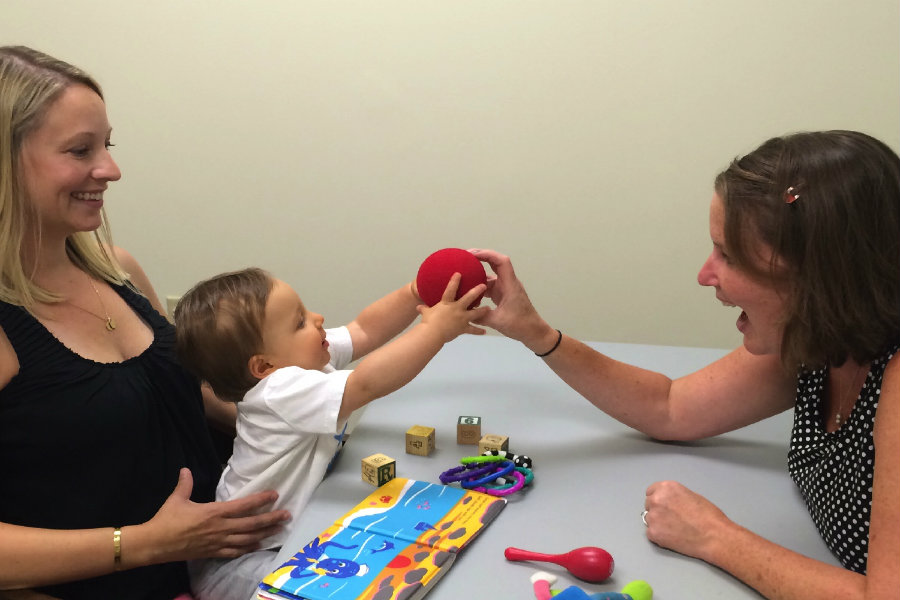A new study shows evidence that autism can be detected even before a child reaches its first birthday. A team of researchers from the University of North Carolina, working together with computer scientists from the College of Charleston, constructed an algorithm that is supposed to tell if a child would develop autism in early childhood.
As part of the government-funded Infant Brain Imaging Study, the researchers focused on early brain development to potentially discover a way to identify Autism Spectrum Disorder (ASD) earlier on.

The investigator conducted MRI scans on babies at three different points in their lives: six months, one year and two years. They wanted to look for brain overgrowth, which had been reported before to be common among infants with an ASD diagnosis.
The study surveyed about 150 children, out of which 106 were at high risk of being diagnosed with the disorder because they had an older sibling already diagnosed with ASD. The rest were low-risk babies. While ASD is present in 1 for every 100 children in the general population, the probability ratio increases to 1 every 5 for brothers and sisters of autistic children.
The study, described in the journal Nature, in an article published this Wednesday, began around a decade ago and took years to collect enough valid data on the 150 infants. The team sometimes scanned the children while they were profoundly asleep.
The investigation revealed that the brain images were able to correctly recognize 80 percent of the times which of the at-risk children would go on to get an ASD diagnosis. The learning algorithm is a real step forward from the 50 percent accuracy behavioral questionnaires that are currently used to predict whether a child is likely to be diagnosed with the disorder.
The faster growth rate of the brain surface areas, the folding outer contour of the brain, correlated with the appearance of symptoms, said Heather Hazlett, psychologist and lead author of the study. They also added to the brain enlargement hypothesis, proposed decades ago, by learning that it is during the first two years of life that brain volume starts to expand, more specifically between the 12 and 24 months. No growth is evident before that time, but the changes seem to start happening quickly after that age. Hazlett also pointed out that it was a small study and its findings shouldn’t be considered definitive.

The future of autism
If the results are confirmed, the study could offer a new option for screening high-risk children before the ASD first signals even show up. Autism telltale signs are often noticed in children starting their 12 to 18 months of age but neurobiology changes occur first, according to the study, so spotting brain anomalies as soon as possible would mean starting treatment a lot sooner as well.
Since the brain experiences so many changes in the first year, it is thought to be a critical time for development. Interceding in their behavior during this period will possibly make interventions more effective.
Such early therapies are not yet available for parents with high-risk children because it wasn’t until recently that scientist realized that autism differences become apparent since pregnancy. These treatments are currently under trial, and this study offers the prospect of putting these future therapies to test.
The investigation might also provide an approximation to what goes on in the early months of life for a baby who will eventually develop ASD, as he experiences the world in a very different way than those children with normal development. This alteration might on its own contribute to the development of the autistic brain.
